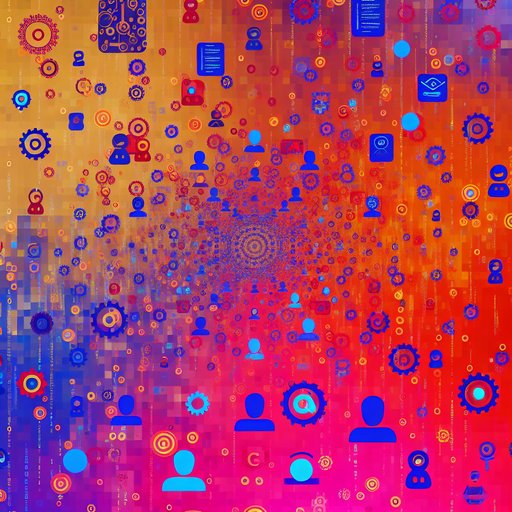The Scale of the Misinformation Challenge
Misinformation spreads like wildfire across platforms, heightened by digital echo chambers and algorithms prioritizing engagement over accuracy. The European Union reports that false or misleading information reaches billions annually, presenting risks to democracy and societal cohesion.
AI, with its ability to process vast data at lightning speed, offers a solution. Yet, its deployment raises questions of privacy, bias, and ethical governance.
AI Algorithms at Work
At the core of AI’s battle against misinformation are complex algorithms. These tools analyze patterns in text, images, and videos to detect anomalies that may indicate falsehoods. Natural Language Processing (NLP) and machine learning models are trained to recognize fake news by analyzing linguistic patterns or inconsistencies across data points.
For instance, tech giants utilize AI to flag or remove dubious content before it gains traction. However, this task is herculean. False information often subtly mimics legitimate content, necessitating continual advancements in AI’s analytical capabilities.
Case Study: Deepfakes and AI Countermeasures
The rise of deepfakes—fabricated media content—illustrates AI’s duality. While creating convincing fake videos, AI also proves vital in their detection. Techniques like Generative Adversarial Networks (GANs) have been pivotal in both crafting and identifying deepfakes.
Organizations like Germany’s Fraunhofer Institute develop AI solutions to discern minute alterations in images, identifying potential deepfakes through pixel inconsistencies and metadata scrutiny. This illustrates AI’s essential role in exposing deceptive practices.
The Ethical Dimension: Balancing Innovation and Rights
Deploying AI in misinformation detection involves ethical quandaries. Ensuring AI’s decisions are transparent and free from bias is paramount, as erroneous flags can infringe on free speech. The EU’s AI Act attempts to regulate such issues, promoting accountability and fairness in AI applications across sectors.
However, this regulation must evolve alongside AI’s capabilities to preemptively address emerging challenges. Collaborative international efforts are needed to align standards and practices, as misinformation knows no borders.
The Future: AI’s Evolving Role
The fight against misinformation is perpetual, and AI’s role will undoubtedly grow. Future advancements in AI might include more intuitive understanding of context and nuance, potentially reducing the spread of sophisticated false information.
The enhancement of AI models will require global collaboration, stringent ethical oversight, and continued investment in research. As AI becomes more integrated into misinformation detection, it must strive to respect privacy and human rights, ensuring a balance between technology and humanity.
Takeaway
AI stands at the frontier of the battle against misinformation. By enhancing its algorithms and ethical frameworks, society can leverage AI’s power while maintaining freedom and accuracy in information dissemination. As we advance, AI will play a crucial role in fostering an informed and cohesive global society.










